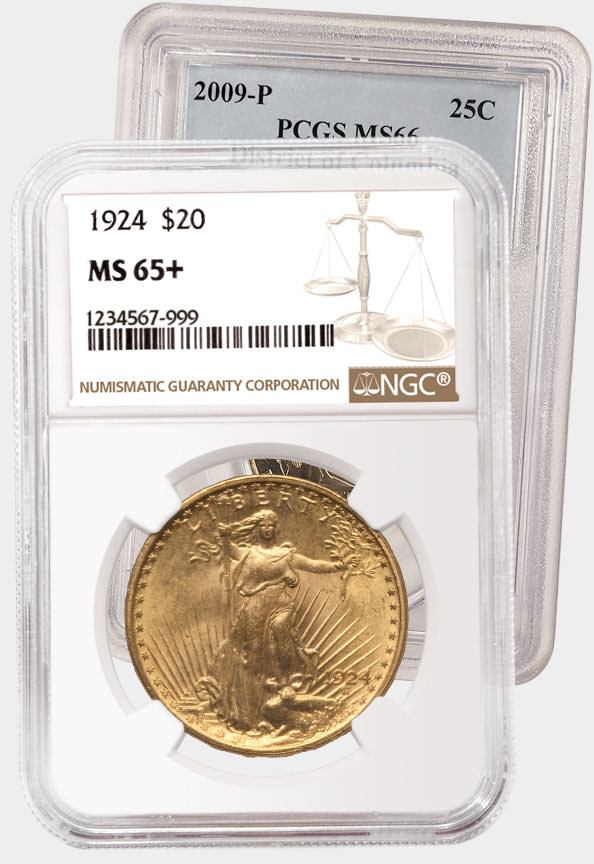Counterfeit Detection: 1898 Barber Dime
Posted on 1/21/2022
The Barber dime series (1892-1916) has several key dates, mostly near the beginning of its run. However, the 1898 dime is not one of them. In fact, it’s one of the easier slots for collectors to fill in the series.
So, why would a counterfeiter invest time and energy into forging a commonplace 1898 Barber dime? This coin can still be expected to bring a premium of over $100 in low mint state. The counterfeit dies can be used repeatedly to strike numerous fakes and turn a profit.
Numismatic Guaranty Corporation (NGC) recently received this example of a purported 1898 Barber dime. It weighs 2.53g, just slightly over the expected 2.5g and well within U.S. Mint tolerance. A collector would need more than a scale to determine authenticity here.
Since a Barber dime has the same diameter as a modern Roosevelt dime, a loupe is needed to better examine the coin’s design and surface. A closer look shows that the numbers in the date are thinner than those on a genuine example. They also seem to slope slightly downward. The font used for the dates was inconsistent throughout the Barber dime series, so collectors are well-advised to familiarize themselves with whatever date they are looking to purchase.
Horizontal lines appear on the devices and are particularly noticeable on Liberty’s face. This indicates that the dies were likely forged by a modern computer numeric control (CNC) machine. Such lines would never exist on a genuine U.S. Mint product.
 |
|
| Horizontal lines on Liberty's face and thin numerals in the date would never appear on a genuine Barber dime. Click images to enlarge. |
|
Finally, the composition is incorrect. A genuine example contains 90-percent silver and 10-percent copper, giving it a melt value of just under $2. This counterfeit is 60-percent copper, 24-percent zinc, 15-percent nickel and 1-percent other elements.
Many collectors skip third-party authentication and grading for coins below a certain value. This creates a blind spot in the marketplace that counterfeiters can exploit. Keep in mind that coins certified by NGC are backed by the NGC Guarantee of grade and authenticity.
Reproduced with permission from the November 2021 edition of The Numismatist, an official publication of the American Numismatic Association.
Did you know? NGC has created a comprehensive Counterfeit Detection resource to help collectors and dealers identify counterfeit and altered coins. Visit NGCcoin.com/counterfeit.
Stay Informed
Want news like this delivered to your inbox once a month? Subscribe to the free NGC eNewsletter today!





